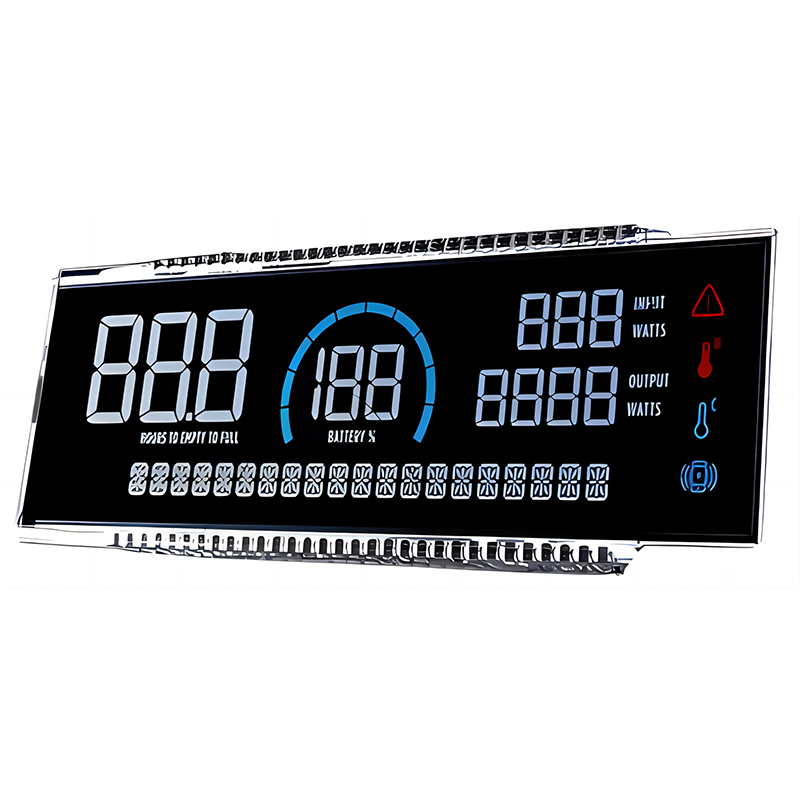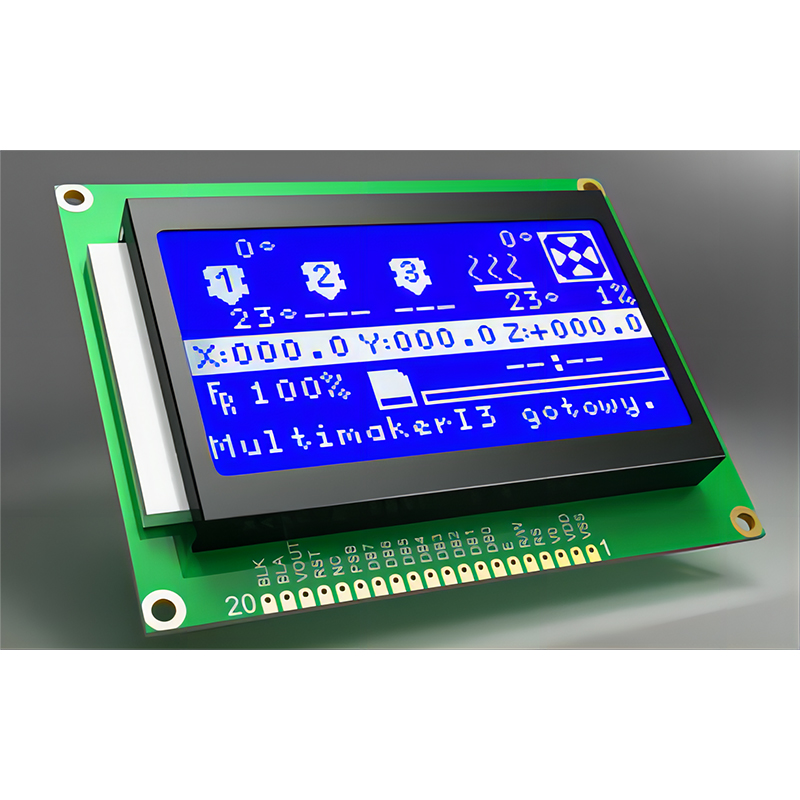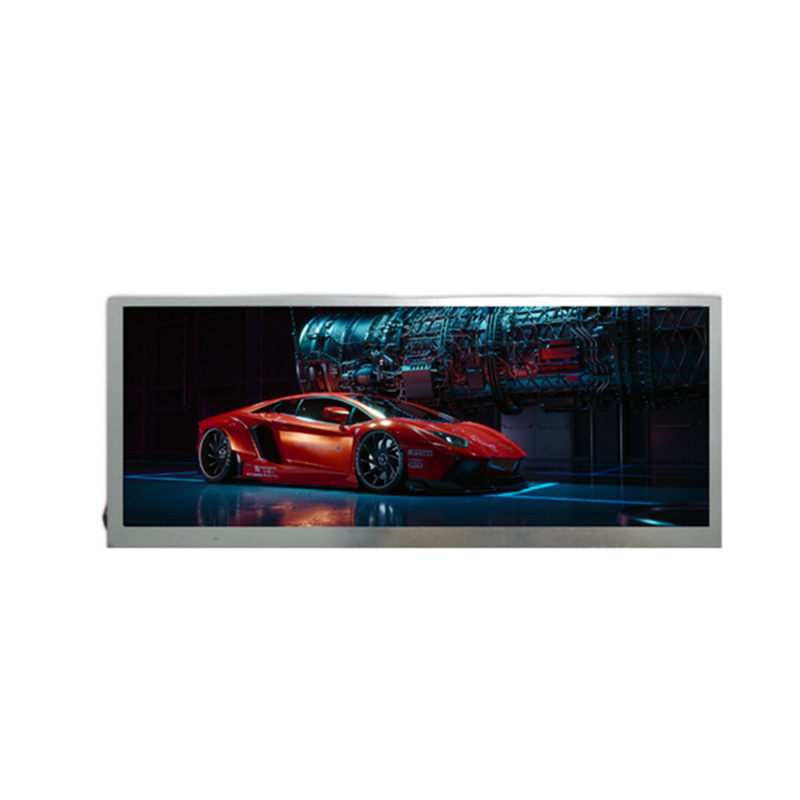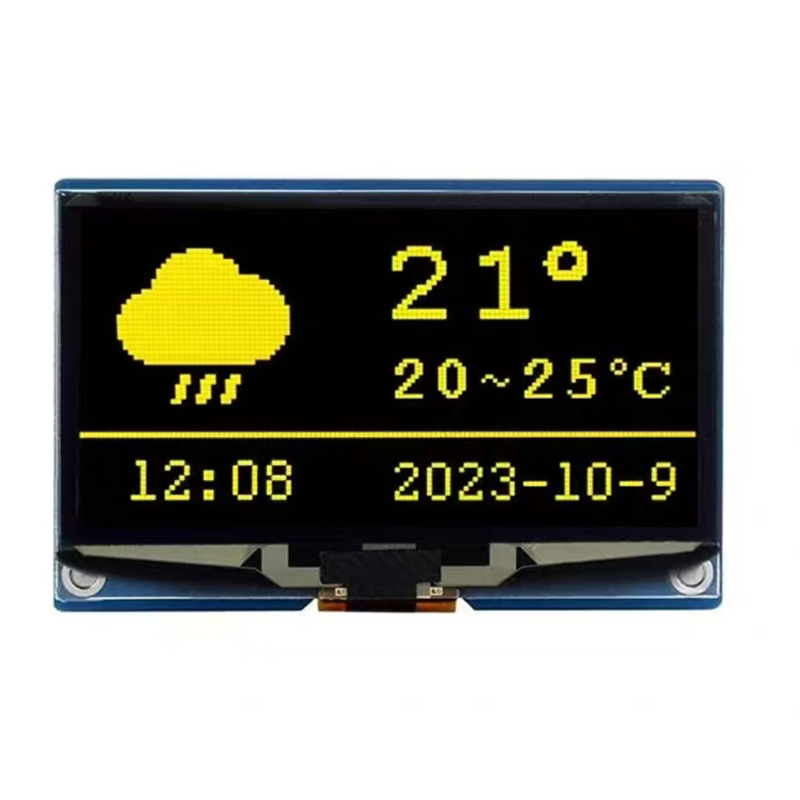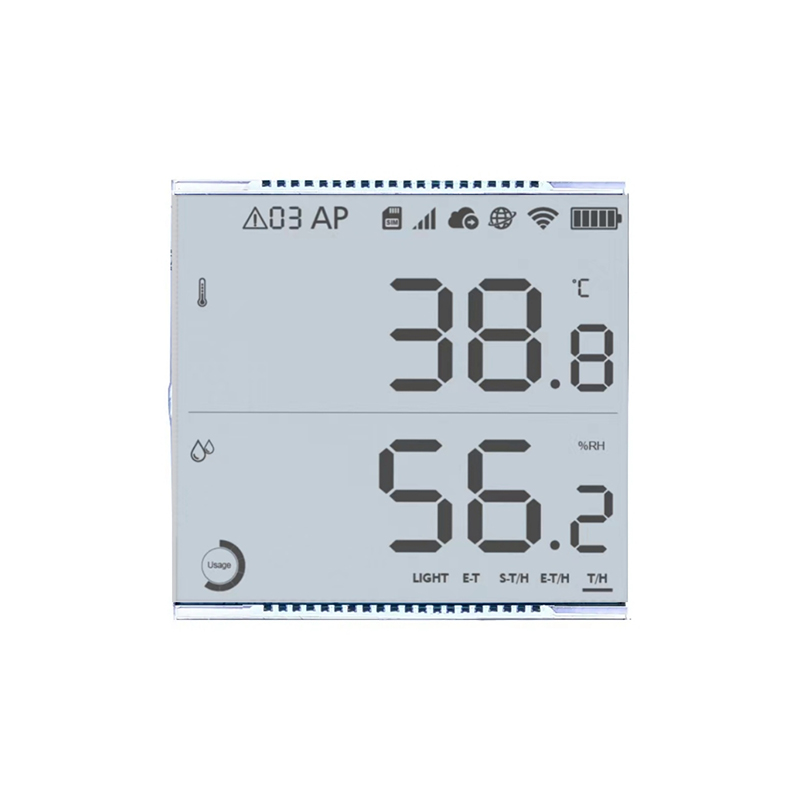2 Inch OLED Display: A Comprehensive GuideThis article provides a detailed overview of 2 inch OLED displays, covering their features, applications, advantages, and disadvantages. We'll explore different types of 2 inch OLED displays, consider key specifications, and discuss where you might find them in use.
Understanding 2 Inch OLED Displays
What is an OLED Display?
Organic Light-Emitting Diodes (OLEDs) are a display technology that uses organic compounds to emit light when an electric current is applied. Unlike LCDs, which require a backlight, OLED pixels produce their own light, resulting in deeper blacks, higher contrast ratios, and wider viewing angles. A
2 inch OLED display leverages this technology in a compact form factor.
Key Specifications of a 2 Inch OLED Display
Several key specifications define a
2 inch OLED display's performance and capabilities. These include: Resolution: Measured in pixels (e.g., 320x240, 480x320). Higher resolution translates to sharper images. Brightness: Measured in nits (cd/m2). Higher brightness means better visibility in bright environments. Contrast Ratio: The ratio between the brightest white and the darkest black. Higher contrast ratios result in more vibrant and realistic images. Response Time: The time it takes for a pixel to change color. Faster response times are crucial for applications with moving images, like video playback. Viewing Angle: The range of angles from which the display can be viewed clearly. OLEDs generally offer excellent wide viewing angles.
Types of 2 Inch OLED Displays
2 inch OLED displays come in various types, each suited for specific applications. Key distinctions include: AMOLED (Active-Matrix OLED): AMOLED displays use a thin-film transistor (TFT) backplane to individually control each pixel, enabling faster response times and higher resolutions compared to passive-matrix OLEDs. This is the most common type of
2 inch OLED display found in consumer electronics. Passive-Matrix OLED (PMOLED): PMOLED displays are simpler and generally less expensive than AMOLED displays but offer lower resolutions and slower response times.
Applications of 2 Inch OLED Displays
The compact size of a
2 inch OLED display makes it ideal for a wide variety of applications: Wearable Devices: Smartwatches, fitness trackers, and other wearables often utilize
2 inch OLED displays for their energy efficiency and vibrant visuals. Portable Media Players: Small MP3 players and digital audio players can benefit from the rich color and contrast of
2 inch OLED displays. Industrial Controls: Compact
2 inch OLED displays are frequently integrated into industrial control panels and instruments. Medical Devices: Handheld medical devices may feature
2 inch OLED displays for clear, easy-to-read information. Automotive Applications: Smaller
2 inch OLED displays might find their way into vehicle dashboards or instrument clusters.
Advantages and Disadvantages of 2 Inch OLED Displays
| Advantage | Disadvantage |
| Superior picture quality with deep blacks and high contrast | Generally more expensive than LCDs of the same size |
| Wide viewing angles | Potential for burn-in with static images (though less prevalent in modern displays) |
| Energy efficient | Susceptible to damage from pressure or impact |
Where to Find 2 Inch OLED Displays
Many manufacturers produce
2 inch OLED displays. For high-quality, reliable displays, consider exploring options from established display manufacturers. You can find numerous suppliers online, but conducting thorough research to ensure quality and reliability is crucial. For a wide range of display solutions, you might want to check out [Dalian Eastern Display Co., Ltd.](https://www.ed-lcd.com/)
for more information.
Conclusion
2 inch OLED displays offer a compelling blend of vibrant visuals, compact size, and energy efficiency, making them suitable for a wide array of applications. Understanding their key specifications and features is crucial for selecting the right display for your specific needs. Remember to compare different models based on factors like resolution, brightness, and response time to ensure you get the optimal display for your project.


